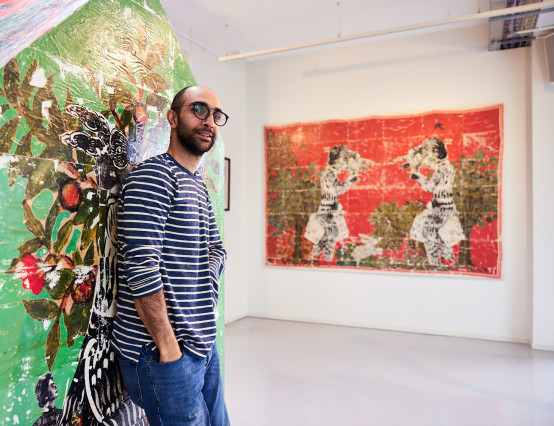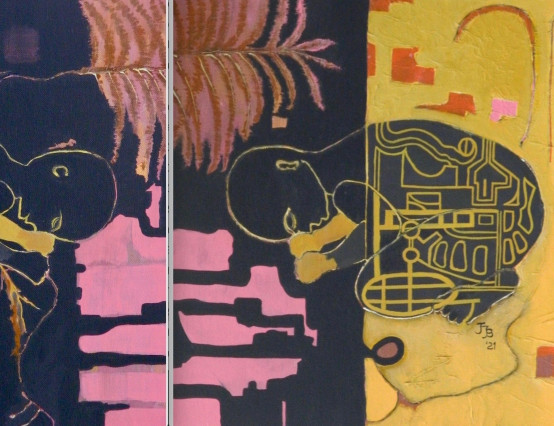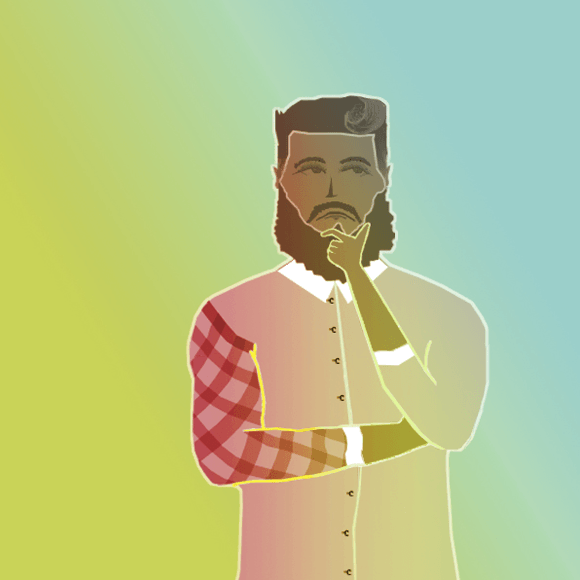Sarah Fitzhenry and Kim Wilkins urged us to become a pre-schooler for an hour as we delved into children's books, computer science, and the inherent worth of failure.
"Education has massive problems with equity and access," Fitzhenry quipped. As a primary school teacher and educator in America, clearly the USA struggles with similar problems in educations as the UK. Namely, the quality of education is determined by postcode, social class and income.
In an effort to promote accessibility and education for all, Fitzhenry and Wilkins have embarked on a storytelling journey that combines robots with risk-taking and education with experimentation.
To begin, computer science was interestingly defined in broad parameters. Anything that involves taking risks, experimenting with different solutions and aiming to resolve a problem is computer science. By initiating such lessons in preschools and primary schools, Fitzhenry and Wilkins aim for technology to reach children before the stereotypes do, therefore ensuring a high level of accessibility to technology.
As participants in the workshop, we were given the opportunity to experience a snippet of a computer science lesson. Fitzhenry first read a child's picture storybook to establish a narrative. The problem? A bear needed to find a pumpkin to carve for Halloween. The resolution? A code-a-pillar needed to find the face for said pumpkin.
And this is where the intrigue began. Using the "hole in the wall method" by Dr Sugata Mitra, playing the role of the preschoolers, we were then left to our own devices. Or rather, the code-a-pillar device they provided. After being given different roles within the team (I was the coder and in charge of determining the route of the code-a-pillar), we worked in a team to resolve the problem posed in the story and find the facial features needed to carve a pumpkin.
The premise behind these lessons is this: learning rooted in literature allows imagination to couple with computer science. Children are therefore more likely to remember the story characters and the decisions they took to journeys from issue to a solution. This not only encourages creative problem solving, it also helps them remember the steps they took to solve problems, learning from mistakes and encouraging cooperation in the classroom.
Using trial and error methods means the children are debugging their code. Working in a team to solve a problem means preschoolers are collaborating. Computer science lessons may be the solution to creating a healthier and more accessible classroom environment.
If children are given a platform to experiment, take risks, figure out solutions and work towards resolutions by themselves, how much more efficiently will they learn? Answer: a lot.








0 Comments